Phylogenetics
Monogenea: An Easy Portfolio for Molecular Phylogenetics
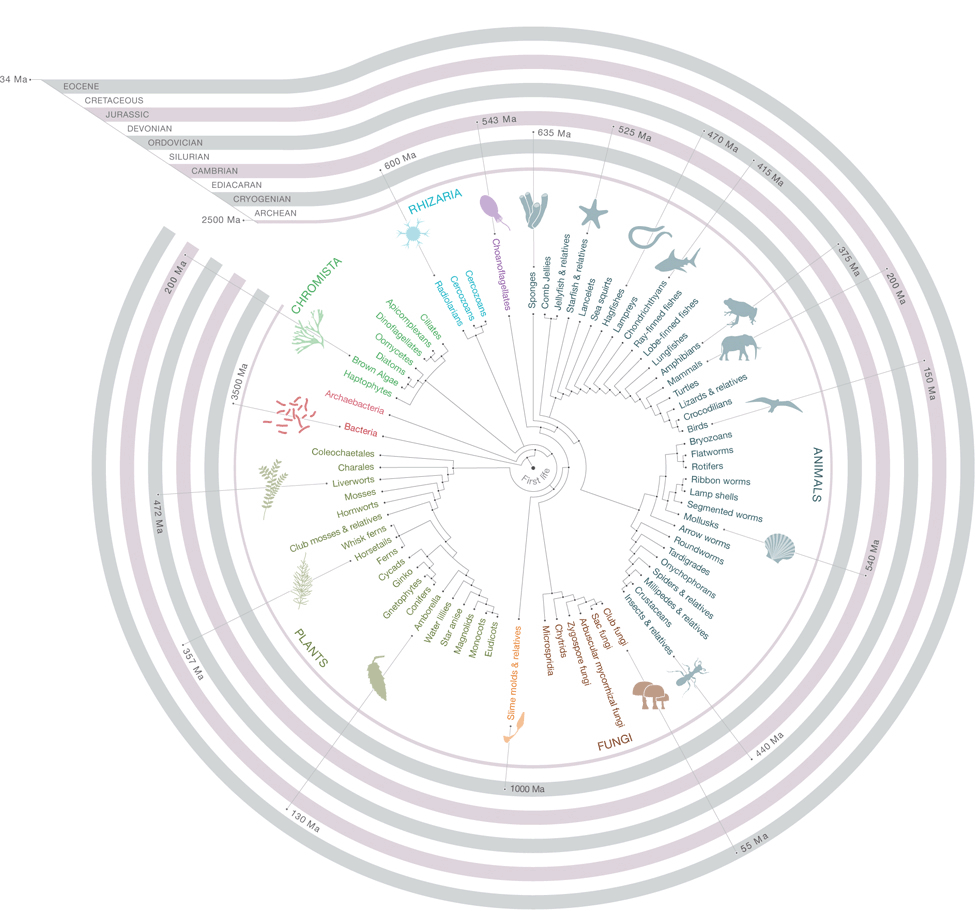
Estimation of present day diversity of organism and understanding their diversity forms new cornerstones of conservation biology, evolutionary biology and ecology. Maintaining the totality of all texa from past to present and classifying into groups reflect how they have changed over the period of times. Necessarily, phylogenetics and evolutionary study of a particular group help out in knowing pattern of occurrence and relationships between two distantly related class or families and their descendents.
They may be a group of parasites of virus, bacteria, fungi or helminthes or even normally occurring species like animal and plants may provide a suitable platform for such analysis. Comparatively, parasites have been more sophisticated for studying morphological changes with respect to ecological and evolutionary pattern since they represent rapid rate of adaptation after being developed into new form, species. They are also supposed to mutate with nucleic acids and exhibit by morphological pattern, pretending great sensitivity towards changing ecological conditions. Strictly, Monogenea, parasite on fishes and amphibians, have been and ideal parasite taxon for investigations of past diversification and present diversity for three reasons.
First, monogeneans represent a diverse group, with several thousand species currently described since they are the only clade among the parasitic flatworms to have undergone an adaptive radiation. Monogeneans are diverse not only in terms of numbers but also with respect to their morphology and ecology. Monogeneans have expanded to colonize internal as well as external organs of a range of living aquatic vertebrates, and now display a variety of designs.
Second, the phylogenetic study on monogenean family is very well resolved. And the elucidation of within-family relationships is well under way. A good knowledge of the relationships among members of a clade, especially among higher taxa such as families, is essential for the study of diversity using modern comparative methods.
Third, monogeneans tend to be host specific, i.e. each monogenean species infects only one or very few host species. This is not obligatory the outcome of strict co-speciation between the parasites and their hosts, although this has been marked and clearly documented in many monogeneans. There is also evidence of host switching during the co-evolution of monogeneans and their hosts, from studies both at the level of sister species and among more basal branches in the monogenean phylogeny.

Phylogenetics
How to find a best fit model using IQ-TREE?

Previously, we have provided an installation tutorial for IQ-TREE on Ubuntu. In this article, we are going to perform model selection for a dataset using the standalone tool of IQ-TREE. (more…)
Phylogenetics
Installing TREE-PUZZLE on Ubuntu

TREE-PUZZLE is a software to reconstruct phylogenetic trees using the maximum likelihood method [1,2]. It requires sequence data as input and implements a fast search algorithm and quartet puzzling. It can process large datasets easily. In this article, we will install TREE-PUZZLE on Ubuntu. (more…)
Phylogenetics
Tutorial: Constructing phylogenetic tree using MEGA7
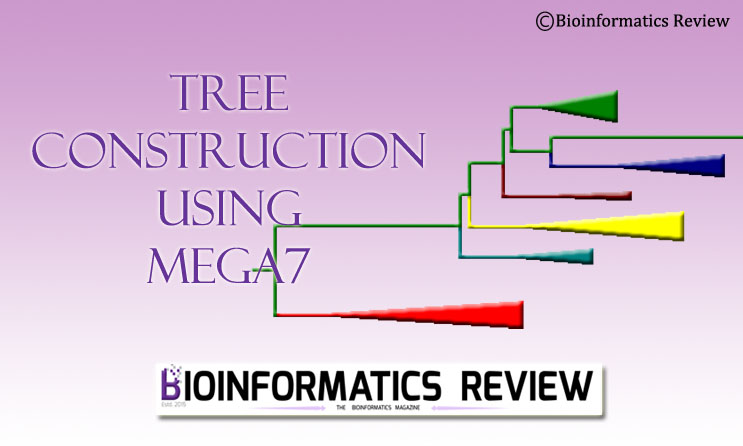
MEGAX is a bioinformatics software/tool used for phylogenetic tree construction. In this article, we will construct a maximum likelihood (ML) tree for a number of protein sequences using MEGA7 [1]. (more…)
Phylogenetics
Update: A multi-epitope in silico vaccine candidate designed for Covid-19
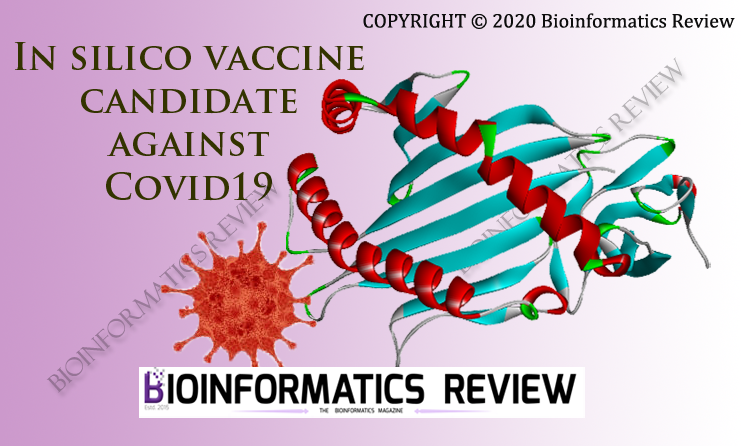
Covid19 has created a great threat to human health. As you are aware, in this coronavirus outbreak, Bioinformatics Review has created a group, BiR-nCov19 Drug Development Team, to work on finding prevention to this disease. This research group consists of researchers from all over the world. (more…)
Phylogenetics
Phylogenetics analysis of SARS-CoV-2 spike glycoproteins
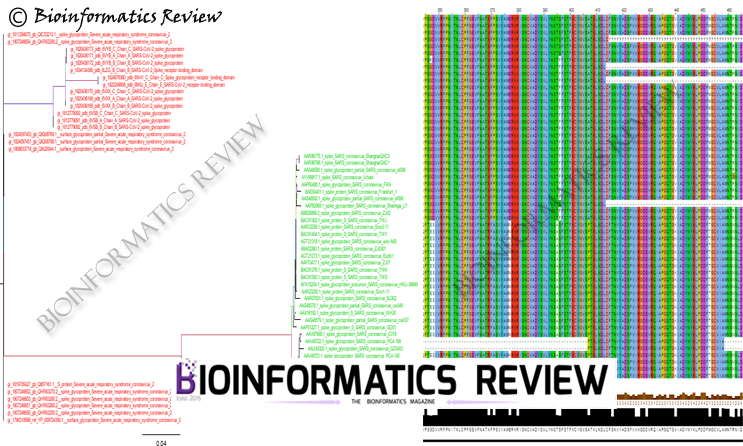
A novel coronavirus (CoV), named Severe Acute Respiratory Syndrome-CoV-2 (SARS-CoV-2) or nCoV-2019, has emerged since December 2019 from Wuhan city of Hubei province in China [1]. This virus belongs to the coronavirus family from which previous outbreaks have emerged (SARS and MERS). They have been a great threat to public health causing many deaths including SARS-CoV-2. There is no proper treatment available to cure this coronavirus disease (covid19). Scientists and researchers are trying really hard to develop a drug or a vaccine or a proper way to cure covid19. (more…)
Phylogenetics
Installing and executing ProtTest3 on Ubuntu

Prottest3 is a software which is used to select a best-fit amino acid replacement model for a set of protein sequences [1]. ProtTest3 finds a best-fit model on the basis of the smallest value of one of three criteria: Akaike Information Criterion (AIC), Corrected Akaike Information Criterion, Bayesian Information Criterion (BIC) score or Decision Theory Criterion (DT) selected by the user. In this article, we will learn how to download and install the command-line version of ProtTest3 on Ubuntu. (more…)
Phylogenetics
How to calculate dN, dS, and dN/dS ratio on a set of genes using MEGA?

If you want to get a quick idea about the non-synonymous vs synonymous (dN/dS) substitutions, you can easily use MEGA software [1]. Although HYPHY/Datamonkey provides the best results regarding selection pressure analyses. MEGA also uses HYPHY program [2] to calculate the dN/dS substitutions rate. Here is how you can do it. (more…)
Phylogenetics
Most widely used tools for phylogenetic tree customization

Most of the times, it is a very tedious job to convert file formats in bioinformatics, especially when we are dealing with phylogeny. Most of the available online servers mess your file and the output format is also not supported by the other programs. Additionally, it is quite difficult to perform other customizations on the phylogeny tree. (more…)
Phylogenetics
Why To Study Evolution?
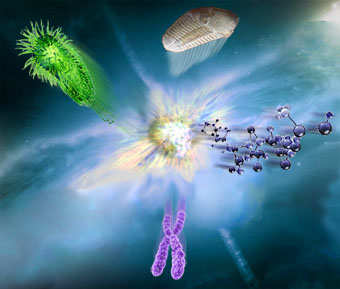
Understanding evolution is critical for understanding biology. As the preeminent scientist Theodosius Dobzhansky stated, “Nothing in biology makes sense except in the light of evolution.” Evolution is the only scientific explanation for the diversity of life. It explains the striking similarities among vastly different forms of life, the changes that occur within populations, and the development of new life forms. Excluding evolution from the science curricula or compromising its treatment deprives students of this fundamental and unifying scientific concept to explain the natural world. (more…)
Phylogenetics
Molecular Evolutionary Genetic Analysis
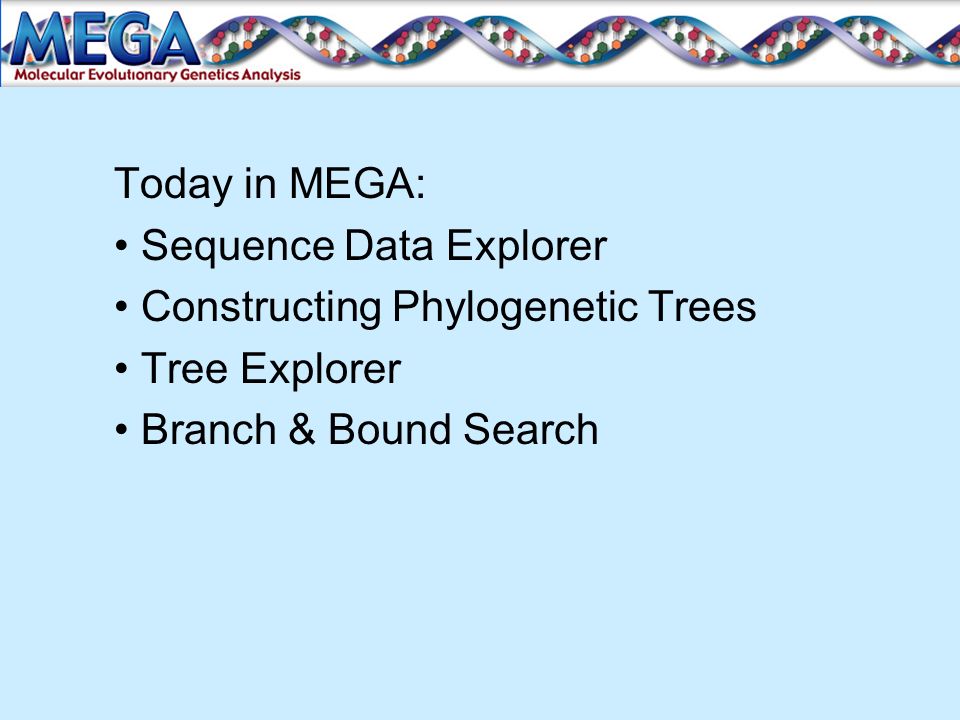
MEGA: Molecular Evolutionary Genetic Analysis
It is important to know the basic molecular relationship between two living organisms as one begins performing comparative studies for knowing the evolutionary aspects and for contributing to knowledge base. Several tools and soft ware have been introduced for meeting the task of such analysis. Each tool has different algorithm and method to perform molecular phylogeny. Examples include; ClustalW, Dendroscope, Hyphy, PAUP and Phylip etc. Among them is the most efficient tool, MEGA, Molecular evolutionary phylogenetic analysis which performs both sequence analysis and phylogenetic analysis in a very sophisticated manner.
(more…)


You must be logged in to post a comment Login